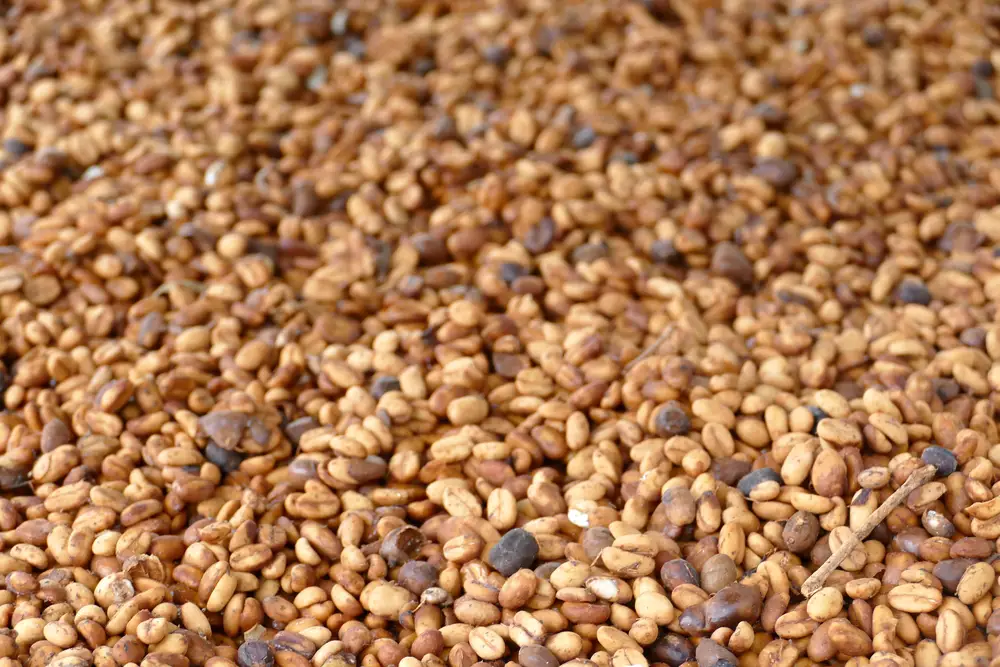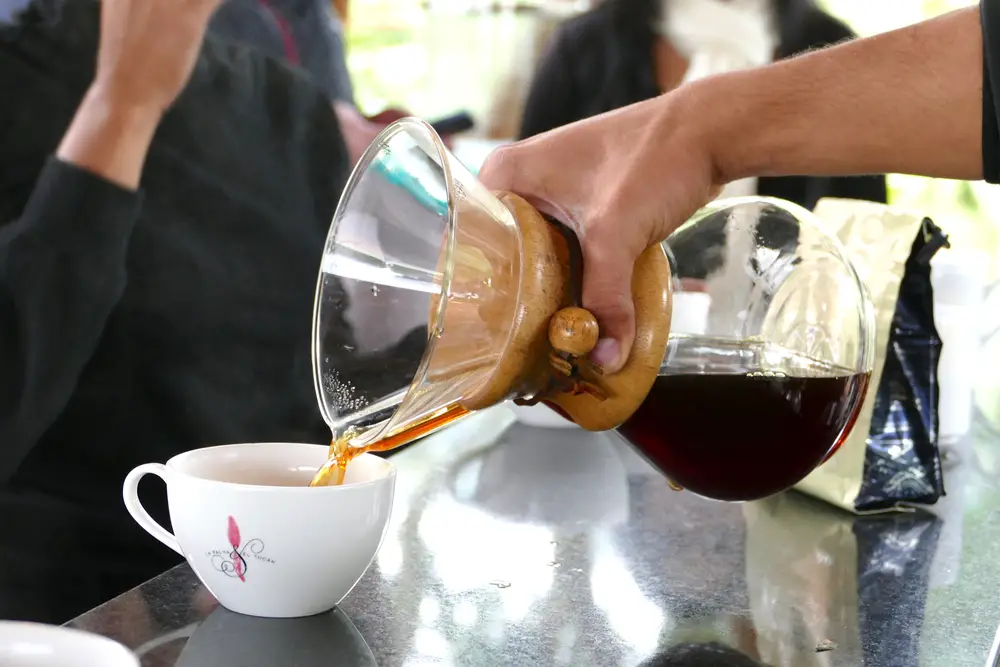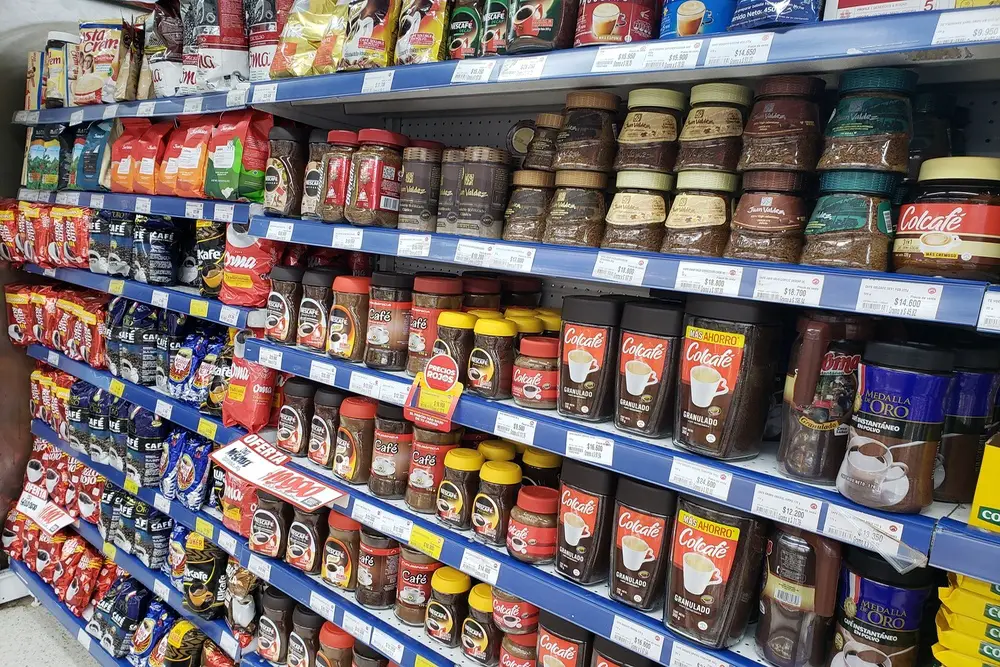Pacamara coffee is a type of coffee that resulted from a cross between two types of coffee.
Table of Contents
What is Pacamara coffee?
Pacamara coffee is a cross between two types of coffee. On the one hand the Pacas coffee, a brand and type of coffee from the well-known Salvadorian Pacas family, and on the other hand the Maragogipe coffee. This type of coffee is grown by the coffee farmer Francisco de Sola.
The beginnings of Pacamara coffee
This hybrid was developed in 1956 by coffee farmers Francisco de Sola and Alberto Pacas with support from the Salvadoran Coffee Research Institute (ISIC).
This coffee is mainly grown in El Salvador, where one of the best competitions, the Cup of Excellence, is known for its high-quality classification of coffee types and brands.
Why was Pacamara coffee created?
This hybrid cross was created to get the best of each strain.
Paca coffee
Paca coffee is a mutation of the Bourbon variety. The Paca tree is small with shorter internodes and compact foliage. This helps it withstand severe weather conditions. These include changing climate, sunshine or even lack of water.
Maragogipe coffee
This mutation derives from the Typica variety. The trees are tall and produce some of the largest coffee beans in the world. Their productivity is not high, but the quality is considered high.
Pacamara coffee is considered delicious and high quality because it combines the best qualities of each variety. In this case, the Pacamara coffee is resistant to thousands of adversities in cultivation and the seeds are large and delicious, just like the Maragogipe coffee.
The name refers to the first four letters of the respective variety.
Characteristics of Pacamara coffee
Texture
Since this type of coffee is not very compact, it tends to be very dense. This tropical coffee variety needs slightly loose but not dry soil to grow. El Salvador offers these plants a balance for the good development and quality of the coffee fruit.
Size of the fruit
The size was “inherited” through crossing, the genome is of the coffee type Maragogipe, which allowed the fruit to develop a better size.
Color of the carpels
Green or Olive Green.
Optimal height
The optimal altitude for growing Pacamara coffee is between 1,680 and 1,750 meters above sea level. This altitude gives the coffee great aroma and good acidity.
Body
The body is due to the genome that the Paca coffee variety contributes to the crossbreed. This is characteristic of Pacamara coffee.
Process
washing, pulping, fermentation, etc.
The process is a fundamental part of Pacamara coffee and all other types of coffee. Its taste, aroma and body depend on it. That’s why Pacamara coffee producers constantly strive to follow procedures to the letter.
Hybrid creation time
The development of the Pacamara variety required careful research that lasted 30 years. It was introduced to manufacturers in the late 1980s.
Acidity
It is considered a coffee with high acidity because the maragogipe has given it this characteristic, making it a high-quality coffee.
Value
It can be found in the market from $15 to $23 a pound.
Flavor
Red fruits and citrus fruits.
Perfume
Chocolate notes.
Pacamara quality
The Pacamara is of very good quality in several aspects. From the size of the coffee beans to the intense aroma, medium-bodied with a creamy texture, its acidity is moderate with aromas ranging from sweet notes of chocolate and butter to fruity nuances such as citrus and red fruits.
Differences between traditional coffee and Pacamara coffee
There are several differences between traditional coffee and Pacamara coffee.
Texture
One of the most noticeable differences is the foliage, which is dense in Pacamara coffee while traditional Arabica coffee is not as dense.
Time in the market
Pacamara coffee has not been around as long as traditional coffee. In fact, Pacamara was launched in 1958 after two years of experimental cultivation, while traditional coffee has been on the market for more than two centuries, namely since 1720.
Good and bad facts about Pacamara coffee
Good facts
Pacamara is a highly coveted, celebrated and sought-after strain around the world for her incredibly compelling properties, taste, aroma and body (texture).
Bad Facts
Although there are already different brands of Pacamara coffee, the coffee can sometimes be difficult to find.
Conclusion
Pacamara coffee undoubtedly offers a type of quality coffee with its distinctive characteristics, in addition to its interesting history.



